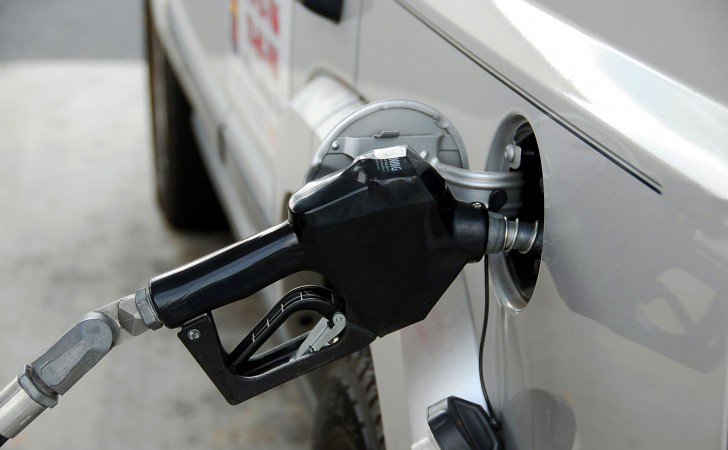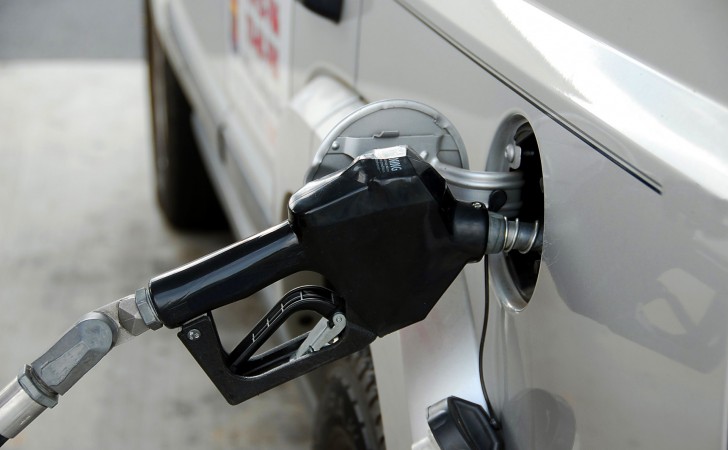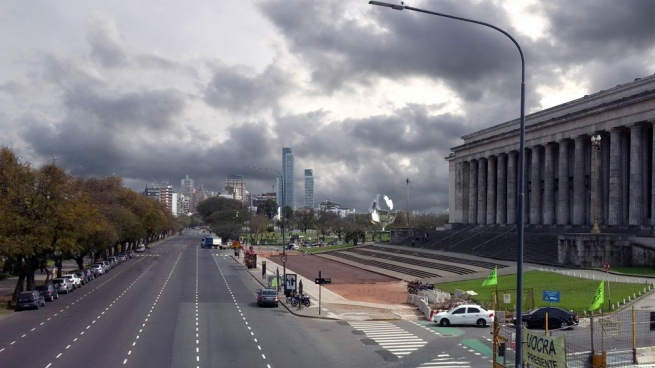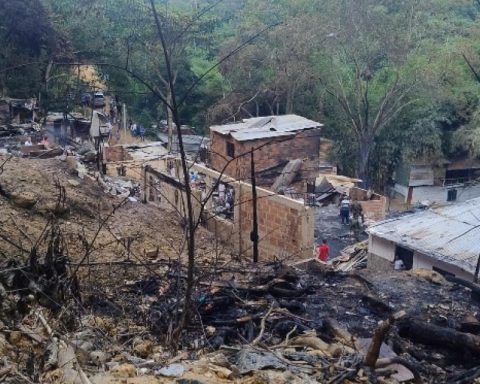
The government of Luis Lacalle Pou will have to define in less than two weeks if fuel prices will increase for the fifth time in less than six months, since everything would be given for the scenario to be that.
The prices of the fuels in the Gulf Coast of Mexico (also known as West Texas Intermediate, WMI)which Usea and Ancap use to calculate the Import Parity Price (PPI) are on the rise for days, okay to monitoring portal S&P CommodityInsightswhere it is explained that from October 2021, and the forecast is that it will continue to rise towards December 2022.
This upward trend is also confirmed by the Energy Information Administration (EIA) of the US federal government. In May 2020, in the context of the start of the coronavirus pandemic, it had come to touch the floor of US$16.6 per barrel, but now it has climbed without stopping until today and with little chance of going down.
A barrel of Brent oil for delivery in June was above US$111 last Friday and contracted just US$2 as of Monday. At the same time, the WMI opened this Monday at around US$109.
In April, Brent was around US$107, a value that was also involved in increases such as the one on May 1, right in the middle of the Labor Day celebration. The maximum so far this year had been on March 8 when it reached US$128 per barrel.
Half a year of raises
We are not even through the first half of 2022, and the government has already ordered rates to go up at least four times, with the potential to be five before June.
2022 only follows the trend of 2021, since from January of that year to today Super 95 naphtha (gasoline) has become 36% more expensive per liter, while 50-S diesel (diesel) climbed by 54.3%.
For its part, the average value of a barrel of oil rose almost 94% since in January 2021 it was trading just above 55%.


















